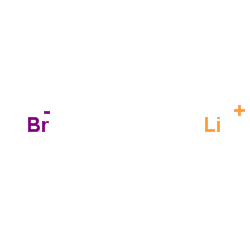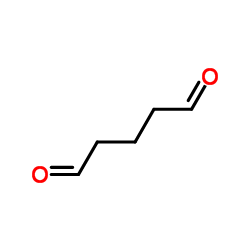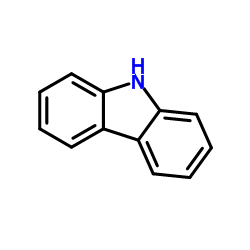| Structure | Name/CAS No. | Articles |
|---|---|---|
 |
sodium carbonate
CAS:497-19-8 |
|
 |
Potassium bromide
CAS:7758-02-3 |
|
 |
sodium dodecyl sulfate
CAS:151-21-3 |
|
 |
ammonium persulfate
CAS:7727-54-0 |
|
 |
Lithium bromide
CAS:7550-35-8 |
|
 |
glutaraldehyde
CAS:111-30-8 |
|
 |
Carbazole
CAS:86-74-8 |